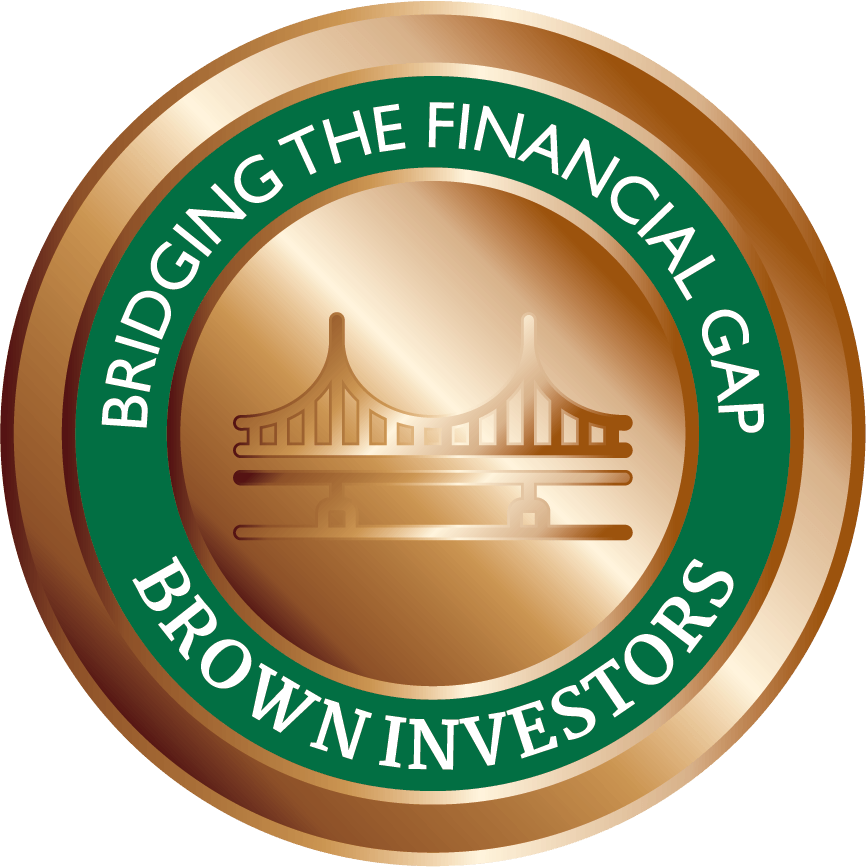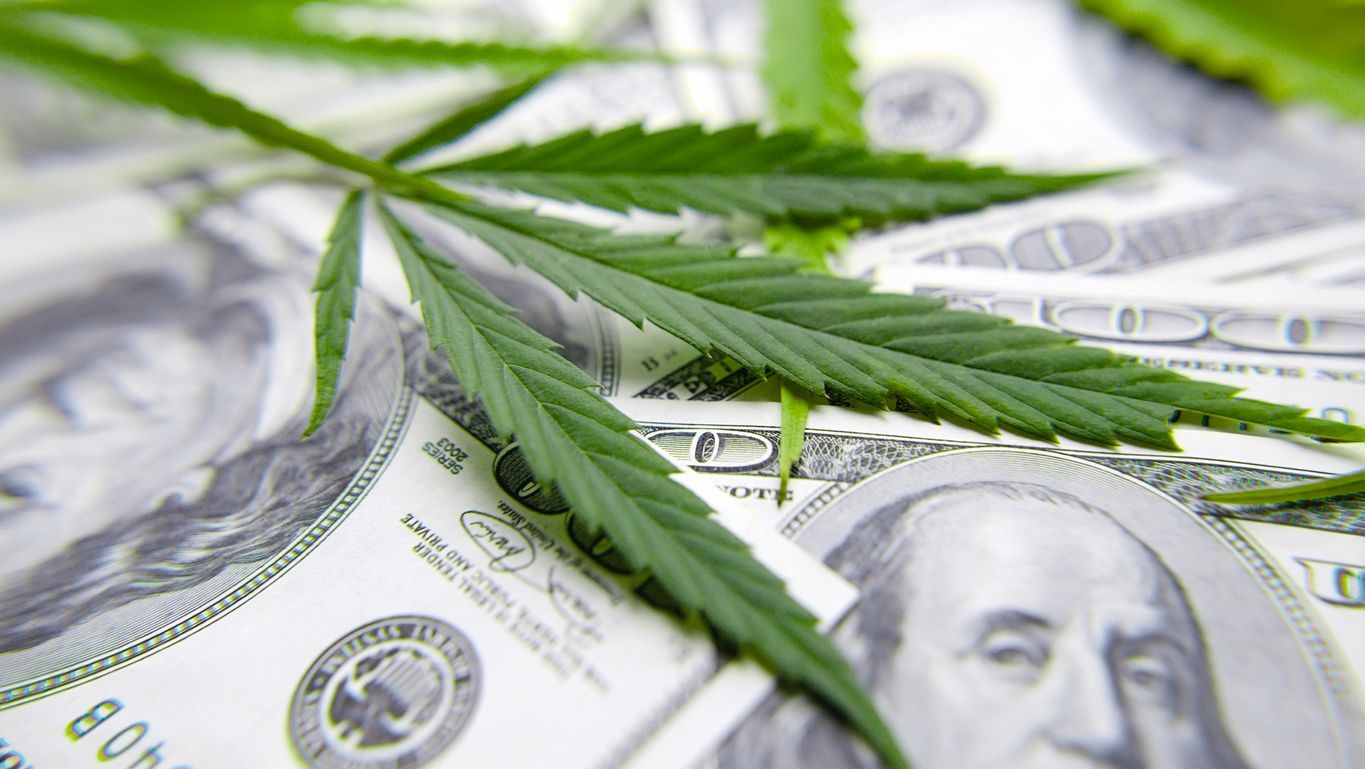The Fed and Interest Rates: Do They Affect Growth Stocks?
The world is slowly recovering from the severe economic shock occasioned by the COVID-19 pandemic. COVID-19 hit the world by storm, and the Federal Reserve had to take action to mitigate the resultant economic damage. In line with its mandate, the Fed responded by printing more money and lowering interest rates to near zero. With a loose monetary policy in place, the Fed ensured that money kept circulating through the economy.
The loose monetary policy aimed to stimulate economic growth with stock investors gaining a bigger appetite for risk. In a world that was increasingly moving towards digitization of most operations, technology companies were an easy option for investors looking for the quick and high returns that characterize growth stocks.
In this article, we look at the implications of the COVID-19 pandemic; examine the role played by the Federal Reserve in setting up economic policies to mitigate the resulting economic damage, and how these policies affect stock market prices.
Role of the Federal Reserve
The role of the Federal Reserve is built upon two fundamental goals: achieving maximum employment and price stability. The dual mandate serves as the basis on which monetary and fiscal policies are drafted in response to economic shocks that threaten employment and price stability.
The COVID-19 pandemic resulted in some of the most devastating economic damage in modern history. Thousands of livelihoods were devastated thanks to the ravaging nature of both disease and a harsh economic reality that saw thousands of businesses close and millions of jobs lost.
To cushion the economy and mitigate further economic hardship, the Fed responded to the COVID-19 pandemic by drafting countermeasures in the form of a loose monetary policy. This was done by lowering the federal funds rate to near zero in a bid to encourage borrowing. The Fed also increased its holding of US government securities, a policy aimed at injecting cash into an increasingly cash-strapped economy. Further, the Fed introduced several new lending programs to have more money circulating in the economy and help support and sustain markets.
How interest rates affect stock market prices
What all these programs meant is that, despite the initial economic shock that the pandemic posed, people had more money available. For stock investors with a big appetite for risk, they could now increase their portfolio holdings to include volatile stocks, including growth stocks.
Falling interest rates also meant that businesses could access loans at better rates, leading to higher capital flows and, by extension, higher stock prices. With high capital flows comes an expectation for high rates of returns, which fuels a higher appetite for stocks in place of fixed-income investments such as bonds and US government securities. Such is what happened as a result of the Fed's quantitative easing measures.
3 years after the pandemic first struck, the world is slowly adapting to the new normal. This includes governments discontinuing most of the programs set up to cushion against a recession. As monetary policies tighten and rising interest rates go into effect, investors reduce risk and in turn move to defensive industries such as food, energy, and pharmaceuticals.
These are industries characterized by more stable earnings. Rising rates also mean more investors are likely to move to fixed-income investments, in addition to increased spending on value stocks. That said, every investment calls for careful planning to determine what could maximize the return of your investment.
Continue Your Investing Education
Curious about growth stocks? Check out the membership here and see how companies like Devon Energy were recommended and members gained a 500% return on investment. Brown Investors is here to support you with 24/7 access to our private community forum and so much more. If you're a long-term investor or want to be, you don't want to miss the Long Term Playbook to help you #staythecourse.










